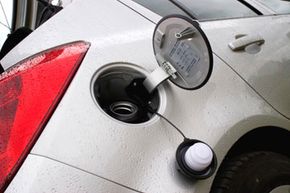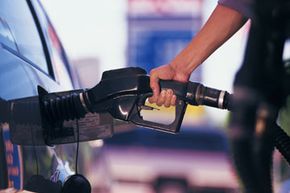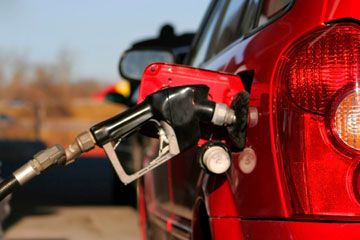Garage mechanics and auto enthusiasts are likely to be familiar with a certain type of advertisement. Appearing in car magazines and throughout car-focused Internet pages, these ads offer a range of products with a similar claim: that by bolting on, plugging in or pouring Product X into your vehicle, you'll experience an amazing boost in mileage efficiency.
Mileage-boosting gadgets have been around for years, and they seem to make a comeback every time gas prices spike. While the packaging may change to fit the times, one large question hangs over these products: Do any of them actually work?
Advertisement
The answer, all too often, is no. Many so-called fuel-saving devices are simply well-packaged hoaxes that base their claims on questionable science and offer little or no change in a vehicle's performance. In some cases, these devices can actually hurt mileage and cause engine damage.
So how can you avoid scams while getting the most out of your vehicle? A good first step is to learn the facts behind various mileage-boosting claims, to help you determine if a product you encounter is real or a fuel-saving hoax.
Mileage-boosting devices typically fall into one of three general categories: airflow manipulators, fuel-burn enhancers, and fuel or oil additives. First, we'll look at airflow manipulators.
The flow of air into your car's engine can play a big role in its efficiency. Modern cars are designed so that a precise amount of air enters the engine, is mixed with fuel vapor, and then flows into the cylinders for combustion. A number of devices on the market claim to enhance this process, often through the use of a vortex generator added to the intake. The claim behind these devices is that they'll improve the mixing of fuel and air, helping increase efficiency and horsepower.
The truth of the matter is that these devices often disrupt airflow, changing the intake conditions from what engineers intended. Modern cars' engine management computers compensate for this by adjusting fuel flow -- in some cases, by injecting more fuel than necessary to account for the altered airflow. Tests have suggested that these devices might also serve as restrictors, reducing the engine's horsepower [source: Allen].
Advertisement




